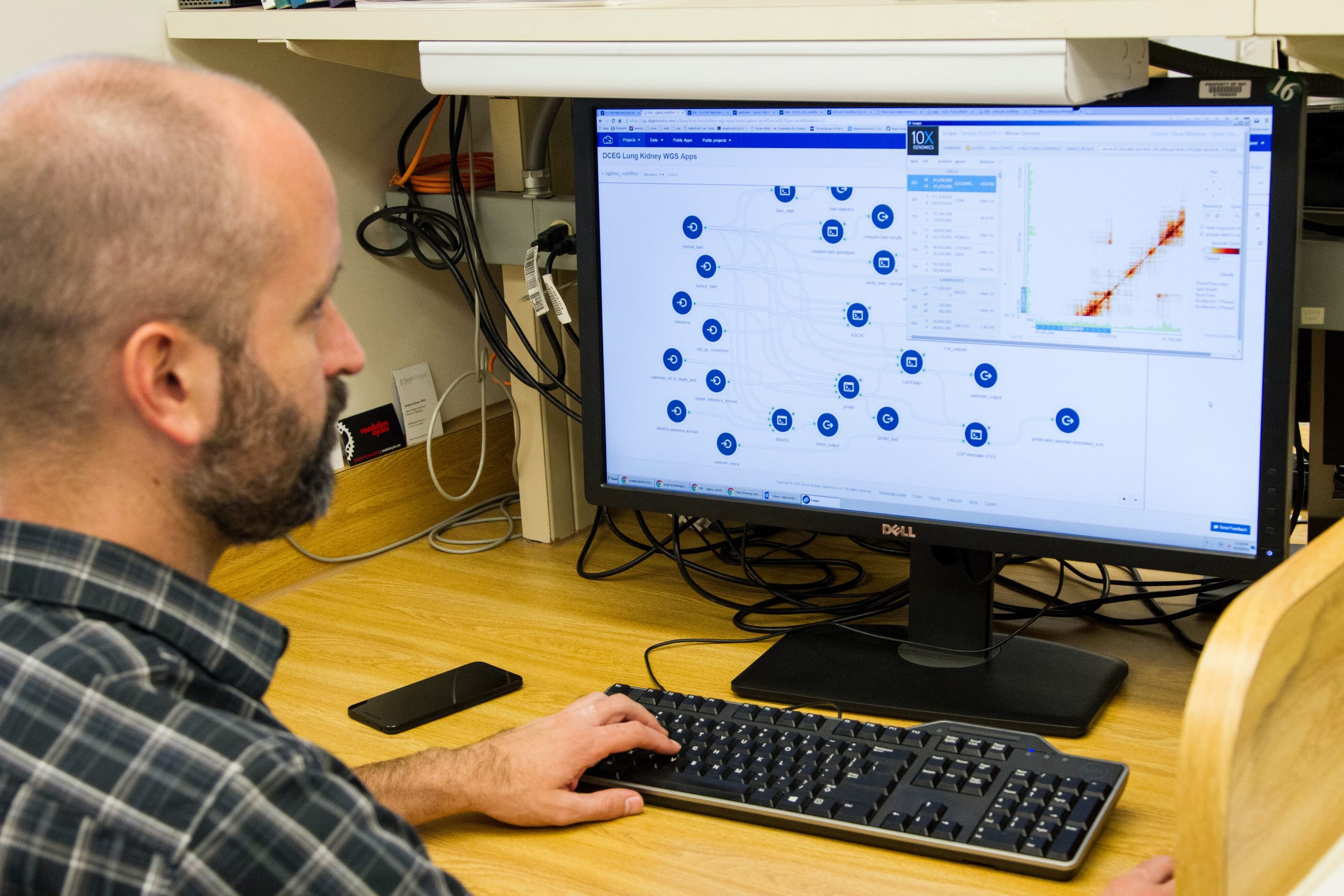Authors
MustRafał Watrowski,1,2,† Eva Obermayr,2,† Christine Wallisch,3 Stefanie Aust,2 Nicole Concin,4 Elena Ioana Braicu,5 Toon Van Gorp,6 Annette Hasenburg,7,8 Jalid Sehouli,5 Ignace Vergote,6 and Robert Zeillinger2,*
Simple Summary
Ovarian cancer (OC) is the deadliest genital tumor in women. In this multicenter study, we developed three new diagnostic models based on serum proteins and patient age. All models were then validated using data from centers other than those used for the model development. We also compared the performance of these models with common singular markers (CA125, HE4) and algorithms (ROMA-50 and the Copenhagen Index). We used modern technology (Luminex®, Austin, TX, USA) that enables the simultaneous determination of several biomarkers in a small amount of blood. A combination of patient age with four to six markers performed best: CA125, osteopontin, prolactin, macrophage migration inhibitory factor, and, eventually, HE4 and leptin. Our models were better than the ROMA-50 index but did not outperform the Copenhagen Index. In postmenopausal patients, all the newly developed models performed excellently. Unfortunately, none of the models tested improved the diagnosis in premenopausal patients and those missed due to normal CA125 levels.
Abstract
Ovarian cancer (OC) is the most lethal genital malignancy in women. We aimed to develop and validate new proteomic-based models for non-invasive diagnosis of OC. We also compared them to the modified Risk of Ovarian Malignancy Algorithm (ROMA-50), the Copenhagen Index (CPH‑I) and our earlier Proteomic Model 2017. Biomarkers were assessed using bead-based multiplex technology (Luminex®) in 356 women (250 with malignant and 106 with benign ovarian tumors) from five European centers. The training cohort included 279 women from three centers, and the validation cohort 77 women from two other centers. Of six previously studied serum proteins (CA125, HE4, osteopontin [OPN], prolactin, leptin, and macrophage migration inhibitory factor [MIF]), four contributed significantly to the Proteomic Model 2021 (CA125, OPN, prolactin, MIF), while leptin and HE4 were omitted by the algorithm. The Proteomic Model 2021 revealed a c‑index of 0.98 (95% CI 0.96, 0.99) in the training cohort; however, in the validation cohort it only achieved a c‑index of 0.82 (95% CI 0.72, 0.91). Adding patient age to the Proteomic Model 2021 constituted the Combined Model 2021, with a c‑index of 0.99 (95% CI 0.97, 1) in the training cohort and a c‑index of 0.86 (95% CI 0.78, 0.95) in the validation cohort. The Full Combined Model 2021 (all six proteins with age) yielded a c‑index of 0.98 (95% CI 0.97, 0.99) in the training cohort and a c‑index of 0.89 (95% CI 0.81, 0.97) in the validation cohort. The validation of our previous Proteomic Model 2017, as well as the ROMA-50 and CPH‑I revealed a c‑index of 0.9 (95% CI 0.82, 0.97), 0.54 (95% CI 0.38, 0.69) and 0.92 (95% CI 0.85, 0.98), respectively. In postmenopausal women, the three newly developed models all achieved a specificity of 1.00, a positive predictive value (PPV) of 1.00, and a sensitivity of >0.9. Performance in women under 50 years of age (c‑index below 0.6) or with normal CA125 (c‑index close to 0.5) was poor. CA125 and OPN had the best discriminating power as single markers. In summary, the CPH‑I, the two combined 2021 Models, and the Proteomic Model 2017 showed satisfactory diagnostic accuracies, with no clear superiority of either model. Notably, although combining values of only four proteins with age, the Combined Model 2021 performed comparably to the Full Combined Model 2021. The models confirmed their exceptional diagnostic performance in women aged ≥50. All models outperformed the ROMA-50.
References
- Sung H., Ferlay J., Siegel R.L., Laversanne M., Soerjomataram I., Jemal A., Bray F. Global Cancer Statistics 2020: GLOBOCAN Estimates of Incidence and Mortality Worldwide for 36 Cancers in 185 Countries. CA A Cancer J. Clin. 2021;71:209–249. doi: 10.3322/caac.21660. — DOI - PubMed
- Zhou Z., Wang X., Ren X., Zhou L., Wang N., Kang H. Disease Burden and Attributable Risk Factors of Ovarian Cancer from 1990 to 2017: Findings from the Global Burden of Disease Study 2017. Front. Public Health. 2021;9:619581. doi: 10.3389/fpubh.2021.619581. — DOI - PMC - PubMed
- Global Burden of Disease 2019 Cancer Collaboration. Kocarnik J.M., Compton K., Dean F.E., Fu W., Gaw B.L., Harvey J.D., Henrikson H.J., Lu D., Pennini A., et al. Cancer Incidence, Mortality, Years of Life Lost, Years Lived with Disability, and Disability-Adjusted Life Years for 29 Cancer Groups From 2010 to 2019: A Systematic Analysis for the Global Burden of Disease Study 2019. JAMA Oncol. 2022;8:420–444. doi: 10.1001/jamaoncol.2021.6987. — DOI - PMC - PubMed
- Nolen B.M., Lokshin A.E. Protein Biomarkers of Ovarian Cancer: The Forest and the Trees. Future Oncol. 2012;8:55–71. doi: 10.2217/fon.11.135. — DOI - PMC - PubMed
- Bast R.C., Lu Z., Han C.Y., Lu K.H., Anderson K.S., Drescher C.W., Skates S.J. Biomarkers and Strategies for Early Detection of Ovarian Cancer. Cancer Epidemiol. Biomark. Prev. 2020;29:2504–2512. doi: 10.1158/1055–9965.EPI-20–1057. — DOI - PMC - PubMed

